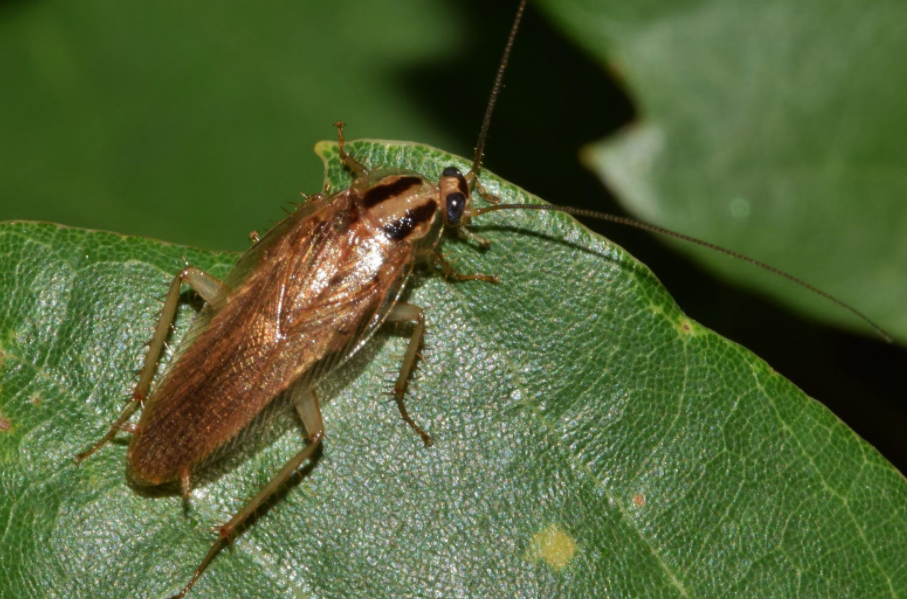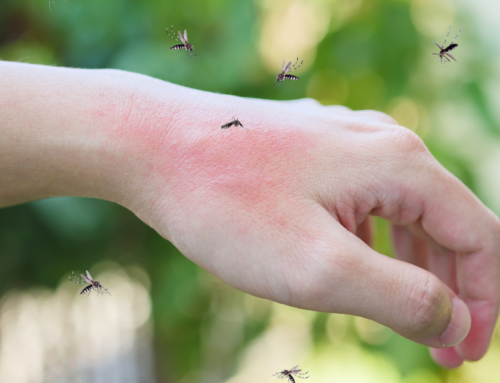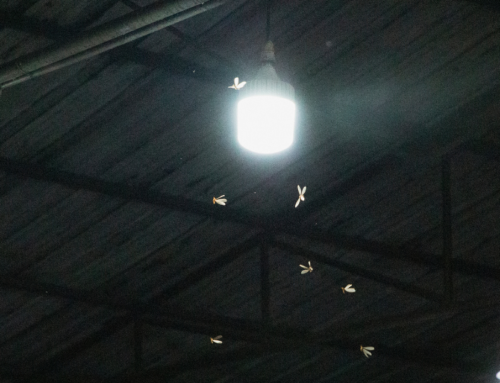There’s an urban myth that cockroaches would survive a nuclear blast. Indeed, research suggests they can survive the radiation of an atomic apocalypse. They’re hardy and resilient insects. Once these creepy crawlies find their way into your home, it can seem like only a nuclear bomb will get them out.
You’re probably already familiar with roaches because Austin has earned a reputation as the “capital of cockroaches” — not exactly something to be proud of, right? The city also lays claim to another dubious best: the world’s record for the most roaches in a single residence. (There were 50,000 if you’re keeping track.) As pest control service experts in Austin, Buda & Kyle, Dripping Springs, and Round Rock, BrockStar has seen and dealt with roaches in every corner of the greater Austin area. Here’s what you need to know about these pests.
How to Identify Roaches
Roaches are primitive insects that are known for their adaptability to a variety of indoor and outdoor environments. Because they’re scavengers, they’re often drawn indoors where they can have a buffet of food left unattended by humans and pets. Cockroaches tend to be nocturnal. They prefer to hide during the day and come out after dark to scavenge. If you see them during the day, that means there are a lot of them around.
They have flat, oval shaped bodies with spiny legs and antennae that are around the same length as or longer than their bodies. Some have wings and can fly. Their size and color depend on the species. Although we generally agree that everything is bigger in Texas, Florida earns the mantle as having the largest insects. Poor Floridians.
Most Common Roaches in Texas
Here are the most numerous varieties of cockroaches in the Lone Star state:
American cockroaches (aka waterbugs or palmetto bugs)
These roaches frequent commercial buildings and sewer systems. They measure in as the largest roach in the state at 1½ to 2 inches long. They’re reddish brown with tan to light-yellow bands around the pronotum, a plate-like structure on the head. They have one of the longest lifespans of roaches — a year or two — and one of the longest periods of sexual maturity, which is one of the reasons they’re so populous.
German cockroaches
Slightly smaller than the American cockroach, these measure ½ to 5/8 inches long. They’re light brown with two dark stripes down the pronotum. Although they have wings, they don’t fly. They’re a prolific indoor insect and can produce a new generation in about 100 days.
Smokybrown cockroaches
These dark brown to black roaches measure 1¼ to 1 ½ inches with wings that extend beyond their abdomens. They prefer the outdoors, and in particular moist, warm sites away from moving air, such as mulch, soffits, and tree holes. Adults usually live three to nine months.
Oriental cockroaches
These dark brown to black roaches are about 1¼ inch long. They have short wings, but don’t fly. They prefer cool, ground-level environments such as basements, crawl spaces, and wet areas. They can live up to six months.
Turkestan cockroaches
These roaches are on the rise in the western part of the state. Males and females appear quite differently, with the brownish yellow males growing up to 7/8 of an inch long. Females are darker and look more similar to Oriental cockroaches. These roaches prefer to bunk in compost, leaf litter, potted plants, expansion joints in sidewalks, and around water meter boxes.
The Lifecycle of Roaches
Roaches grow through three stages. They begin as eggs, develop into nymphs, and mature into adults. Females produce 12 to 36 eggs at a time. Eggs are protected by a bean-line structure that can be carried until maturity or left stuck to a surface. After hatching, nymphs like to stay in dark protected areas for the 60 days or so that it takes them to mature. Heat and moisture cause them to grow larger and reproduce more frequently.
Are Roaches Dangerous?
Roaches may be off-putting creatures, but are they actually dangerous? Turns out, yes. Cockroaches travel through sewers and unhygienic areas, they pick up bacteria, human pathogens, and parasites. Let’s put it this way: There’s a reason the Spanish name for cockroach, cucaracha, is a derivative of the word for human excrement. They can spread bacteria such as E. coli and salmonella that lead to illness. Additionally, humans can be allergic to their feces and shed skins, which can also trigger asthma.
How to Get Rid of Roaches
Cockroaches are drawn to food. What counts as food for them is pretty broad. They could be drawn to spilled food or drink on your kitchen floor. They could find food residue on dirty dishes in your sink. They could find things to nosh on in your trash cans or recycle bins, or on the recyclable items themselves. They could shimmy their way into food boxes or containers. So, the easiest way to prevent a roach infestation is to keep your home clean and to secure your food and your pet’s food in airtight containers.
However, once you have a roach problem, preventative measures won’t keep the insects out. If you’re the DIY type, you could deploy child-proof roach baits, spray visible roaches with insecticide, and apply roach-killing dust to baseboards, crevices, openings around water pipes, and wall voids. Unfortunately, because roaches are nocturnal and often like to hide in dark, moist places, the roaches you see may only hint at a larger problem. Additionally, because they lay eggs, ridding your house of active roach adults won’t eradicate the infestation. The best way to eliminate roaches is to work with a professional service, such as BrockStar, to create a comprehensive plan to abolish pests and keep them from coming back in the future.
How BrockStar Pest Services Can Help
BrockStar has been keeping it local since 2012, so we’ve been there and seen that. We can create a comprehensive pest control plan for your home. Call for an estimate or to schedule an inspection! 512-800-0437







